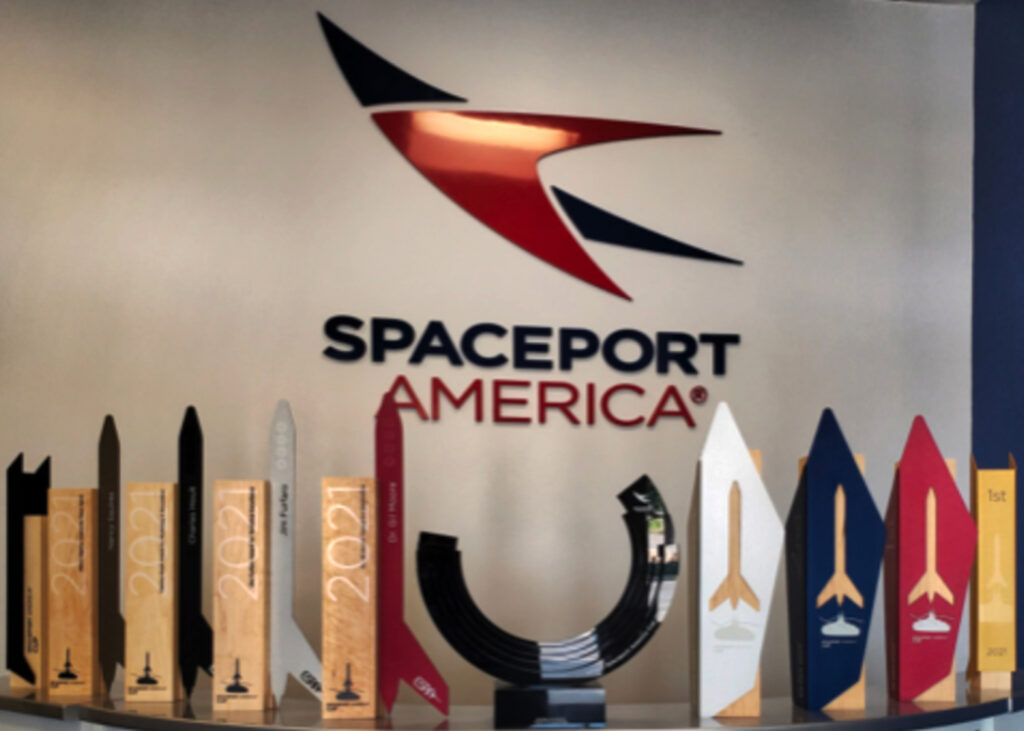
UP Aerospace launched its 21st suborbital space flight from the world’s first purpose-built commercial spaceport — Spaceport America.

One of Spaceport America’s foundational tenants, UP Aerospace partnered with NASA’s Flight Opportunities program on its latest flight, SL-15, which featured its SpaceLoft rocket shuttling a variety of payloads to sub-orbital heights.
One payload was a suite of multi-GNSS (Global Navigation Satellite System) receivers from NASA’s Space Communications and Navigation (SCaN) program, the European Space Agency, the Italian Space Agency, and their contractors Fraunhofer and Qascom. GNSS refers to any satellite constellation that provides global positioning, navigation, and timing services, including GPS (United States) and Galileo (Europe). Determining the scope of interoperability was of paramount importance to the flight test, the results of which will be presented to the International Committee on GNSS (ICG) as part of the United Nations Committee for the Peaceful Uses of Outer Space (COPUOS).
Las Cruces, New Mexico-based Immortal Data was the builder of a payload for New Mexico Tech’s experiment on spacecraft health monitoring and real-time systems. Immortal Data also tested out and collected environmental data on some of its own equipment as it relates to product development.
An additional payload was an advanced prototype ADS-B (Automatic Dependent Surveillance-Broadcast) transmitter that could potentially be used for independent, low-cost tracking of space launch vehicles.
NASA’s Flight Opportunities program demonstrates technologies developed by industry, academia, and NASA and other government scientists through testing with a variety of commercial flight providers. Available flight platforms include suborbital rockets, aircraft flying parabolic profiles to achieve reduced gravity, and high-altitude balloons.
UP Aerospace conducted its first suborbital flight from Spaceport America in 2006, and maintains a launch complex, payload processing center, and a space propulsion center at the spaceport.
“We congratulate UP Aerospace on this spectacular and successful space launch,” said Scott McLaughlin, Executive Director of the New Mexico Spaceport Authority. “It was quite beautiful, taking place just as the sun was rising over the quiet desert. We know how important this launch was to UP and its payload customers, some of which are from right here in New Mexico.”
“New Mexico Tech was part of a previous FAA-sponsored initiative known as the Center of Excellence for Commercial Space Transportation (COE CST) to improve flight safety and vehicle cost reduction,” said Dr. Andrei Zagrai, a New Mexico Tech mechanical engineering professor. “Our part on this payload, which was developed under COE CST, is to provide structural health monitoring data. Both undergraduate students who designed the payload and graduate students who used this process as a part of their PhD theses contributed to this flight test.”
The COE CST project concluded in 2022.
About Spaceport America
Spaceport America is the first purpose-built commercial spaceport in the world. The FAA-licensed launch complex, situated on 18,000 acres adjacent to the U.S. Army White Sands Missile Range in southern New Mexico, has a rocket-friendly environment of 6,000 square miles of restricted airspace, low population density, a 12,000-foot by 200-foot runway, vertical launch complexes, and about 340 days of sunshine and low humidity. Some of the most respected companies in the commercial space industry are tenants at Spaceport America: Virgin Galactic, HAPSMobile/ AeroVironment, UP Aerospace, SpinLaunch, Prismatic Ltd., a subsidiary of BAE Systems, and UP Aerospace.
About UP Aerospace
UP Aerospace was created in 1998 by founder Jerry Larson and incorporated in 2004 with headquarters located in Denver, Colorado. UP Aerospace has been successfully conducting sub-orbital space launches from Spaceport America in New Mexico since 2006. Its launch operations and SpaceLoft sub-orbital launch vehicle were designed and built from the ground up as a highly reliable, low-cost Reusable Launch Vehicle (RLV) system. Flight hardware re-usability has been a key program requirement for the SpaceLoft launch program, enabling further advancements in low cost space launch operations.
